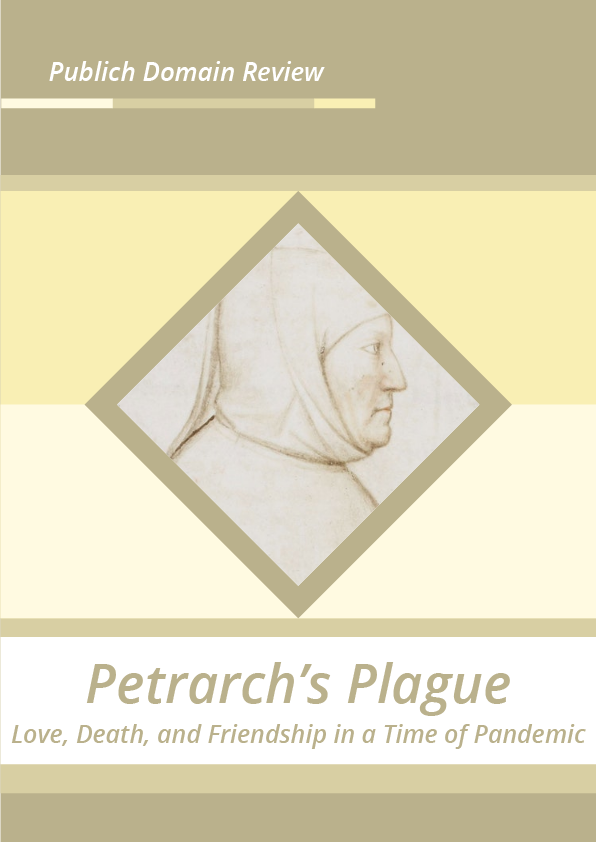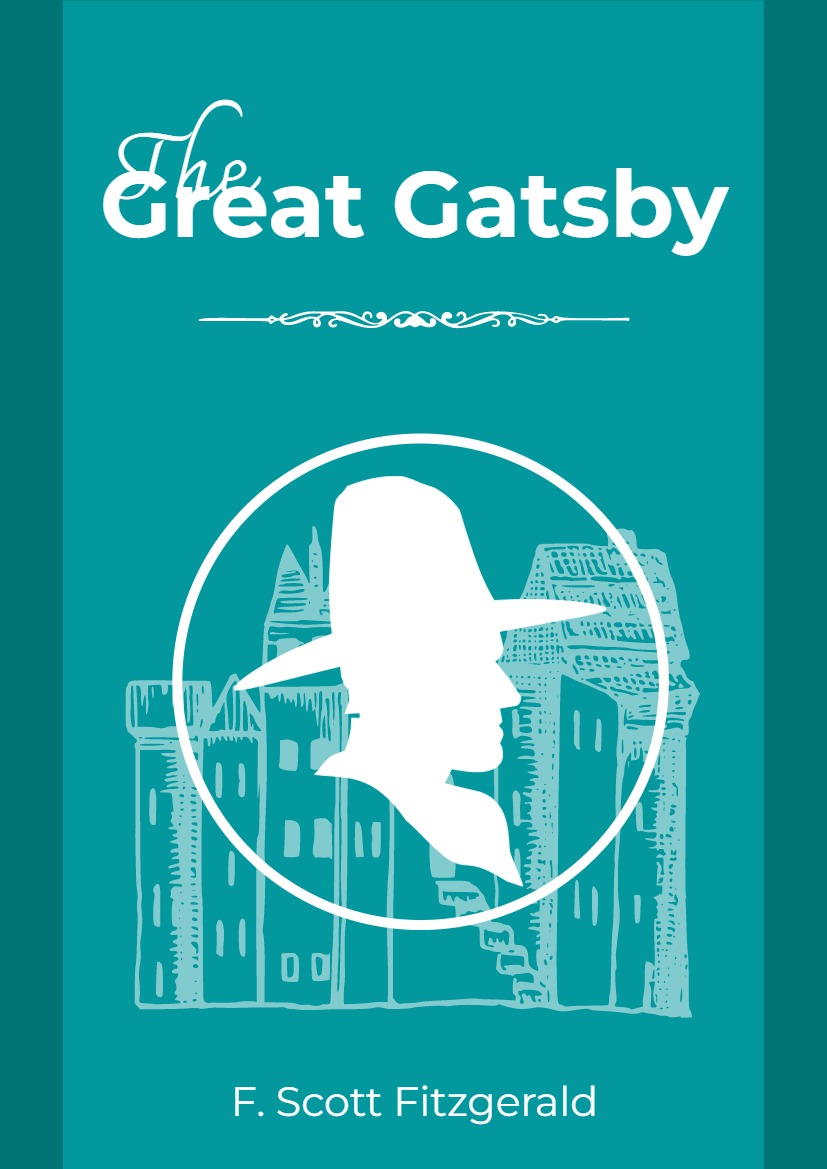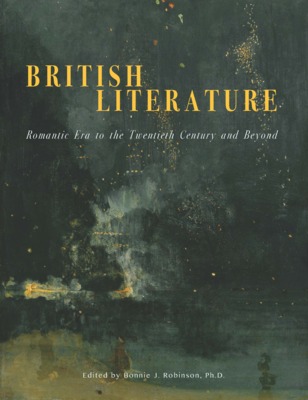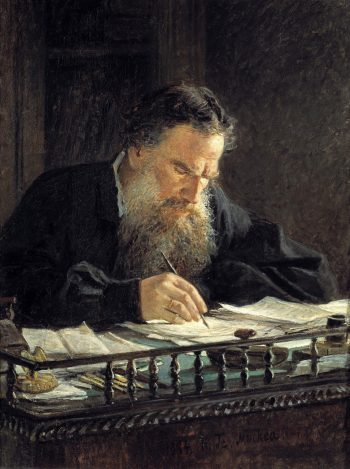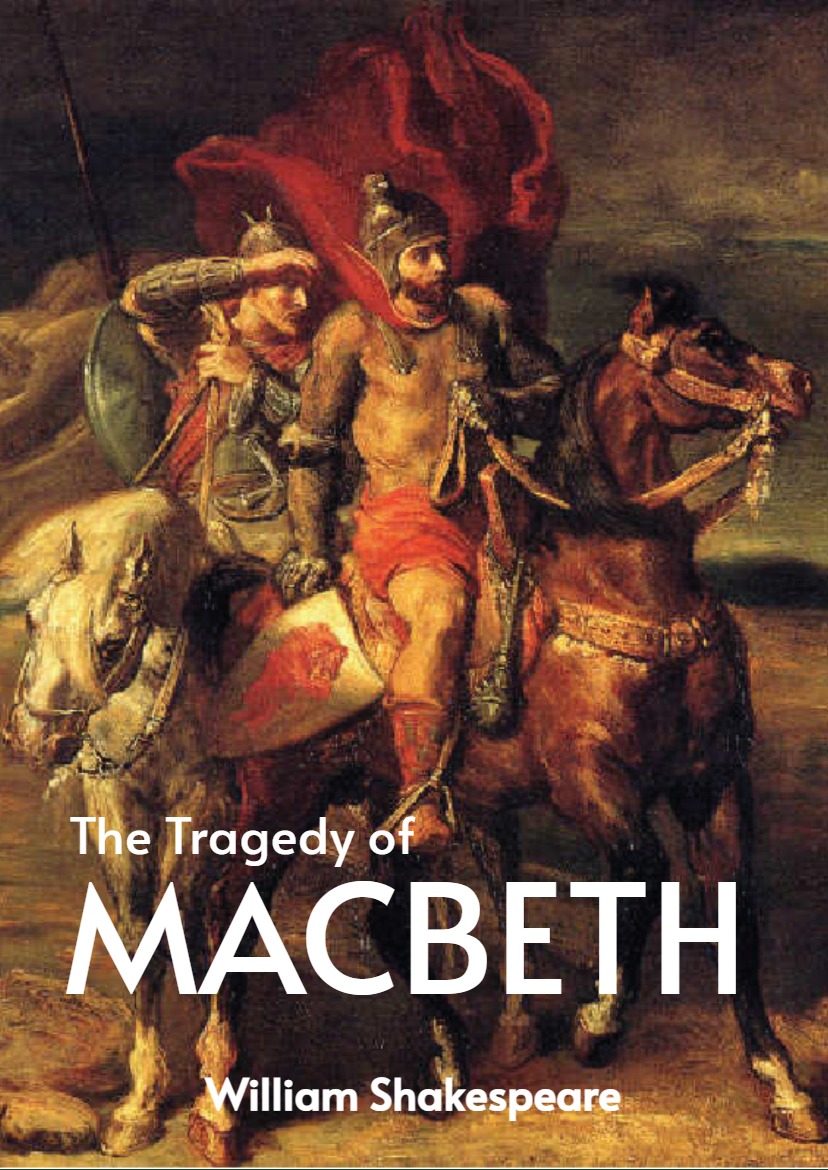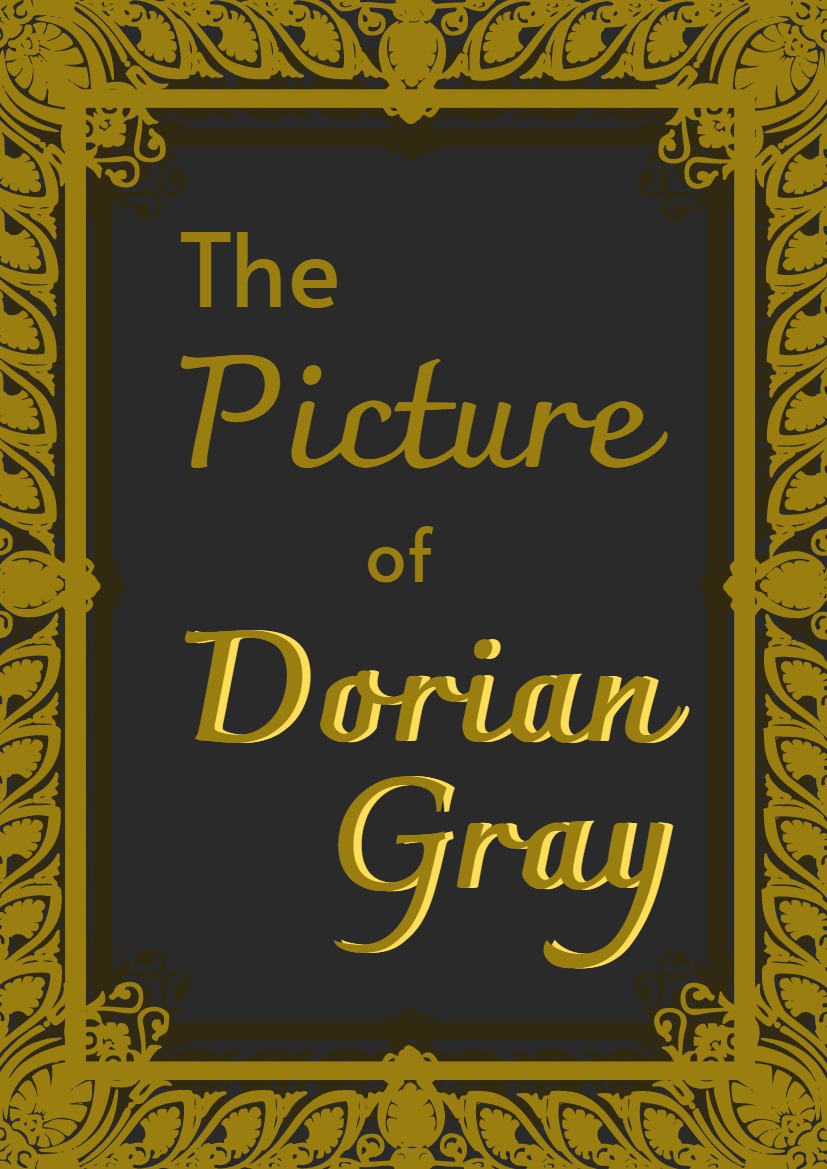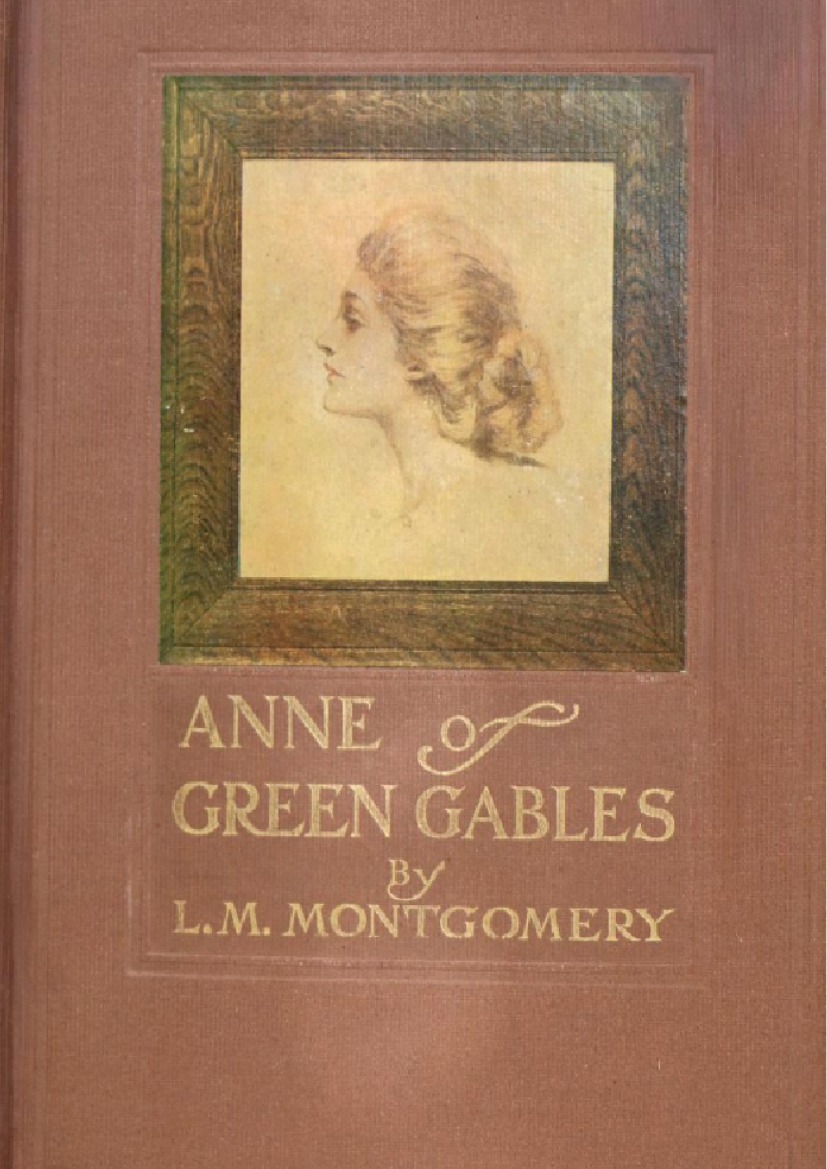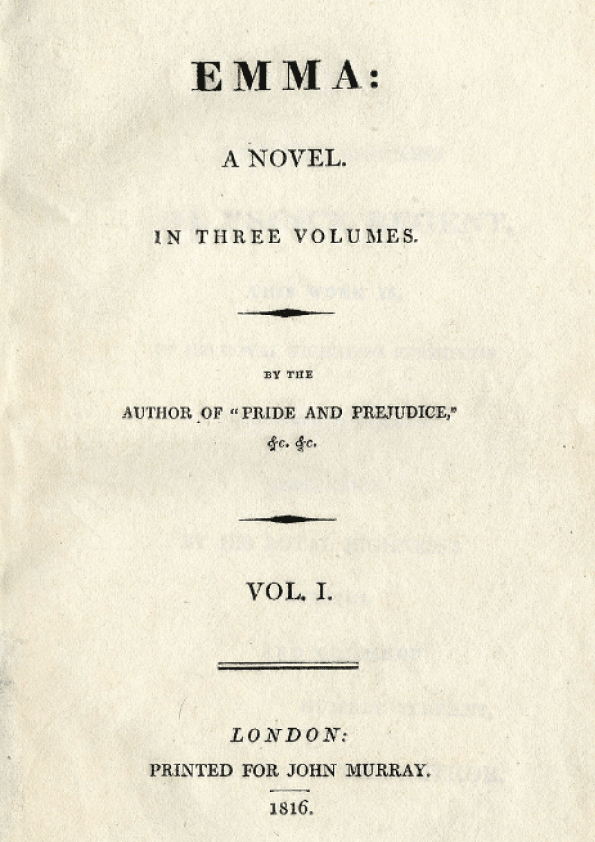The Italian poet and scholar Francesco Petrarch lived through the most deadly pandemic in recorded history, the Black Death of the 14th century, which saw up to 200 million die from plague across Eurasia and North Africa. Through the unique record of letters and other writings Petrarch left us, Paula Findlen explores how he chronicled, commemorated, and mourned his many loved ones who succumbed, and what he might be able to teach us today.
What will we remember of this year of COVID-19 and how will we recall it? In 1374, during the final year of a long and interesting life, the Italian humanist and poet Francesco Petrarch observed that his society had lived with “this plague, without equal in all the centuries”, for over twenty-five years. His fortune and misfortune had been to outlast so many friends and family who perished before him, many of them from this devastating disease.
One of the most eloquent voices of his time, Petrarch spoke on behalf of an entire generation of plague survivors, following the pandemic of 1346–53 and its periodic return. He skillfully wielded his pen to express his society’s collective grief in the most personal and meaningful ways, acknowledging the effect of so much pain and loss. In the immediate aftermath of the particularly devastating year of 1348, when plague engulfed the Italian peninsula, his good friend Giovanni Boccaccio in his Decameron sketched an indelible portrait of young Florentines fleeing their plague-ridden city to wait out the storm by telling one hundred tales. For his part, Petrarch documented the experience of plague over several decades, probing its changing effects on his psyche. The Black Death sharpened his sense of the sweetness and fragility of life in the face of the endemic reality of disease that came in so many different forms. He had big questions and was in search of answers.
“The year of 1348 left us alone and helpless”, Petrarch declared at the very beginning of his Familiar Letters, his great project to share carefully selected versions of correspondence with friends. What was the meaning of life after so much death? Had it transformed him, or for that matter anyone, for the better? Could love and friendship survive plague? Petrarch’s questions allowed his readers to explore how they, too, felt about these things. He gave them permission to express such sentiments, indeed took up the burden, which was also his literary opportunity, to articulate the zeitgeist.
Petrarch was famously a self-professed wanderer who rarely stayed in one place very long. He alternated between periods of self-imposed isolation in the countryside and full immersion in the life of cities, even during the worst outbreaks of disease. This mobility made him an especially unique observer of how plague became a pandemic. At the end of November 1347, one month after Genoese ships brought plague to Messina, Petrarch was in Genoa. Disease spread rapidly by land and sea — through rats and fleas, though at the time it was believed to be a product of the corruption of the air. Petrarch’s awareness of the course of this pandemic comes through clearly in a letter written from Verona on April 7, 1348, when he refused the invitation of a Florentine relative to return to his native Tuscany, citing “the plague of this year which has trampled and destroyed the entire world, especially along the coast”.
Returning several days later to Parma, still a plague-free zone, Petrarch learned that his relative the poet Franceschino degli Albizzi, on his way back from France, had died in the Ligurian port of Savona. Petrarch cursed the toll that “this pestilential year” was now exacting. He understood that the plague was spreading, yet perhaps this was the first time that the escalating mortality struck close to home. “I had not considered the possibility of his being about to die”5. Plague now touched him personally.
As the year progressed, Petrarch felt increasingly surrounded by fear, sorrow, and terror. Death came suddenly and repeatedly. In June, a friend who came to dinner was dead by morning, followed by the rest of the family in a matter of days. In the poem “To Himself”, an effort to capture the strangeness of this experience, Petrarch imagined a future that would not understand how awful it had been to be alive in “a city full of funerals” and empty homes.
Petrarch talked of retreating from the plague-infested cities with his closest friends. After bandits attacked two of them as they traveled from France into Italy, murdering one, nothing came of it. Perhaps the survivors recognized the folly of an idealistic plan that simply did not fit their dispersed circumstances. In July 1348, Petrarch’s most important patron, Cardinal Giovanni Colonna, died of plague, along with many members of this distinguished Roman family whom he served in Avignon. The poet was now out of a job, more restless and unmoored than ever.
